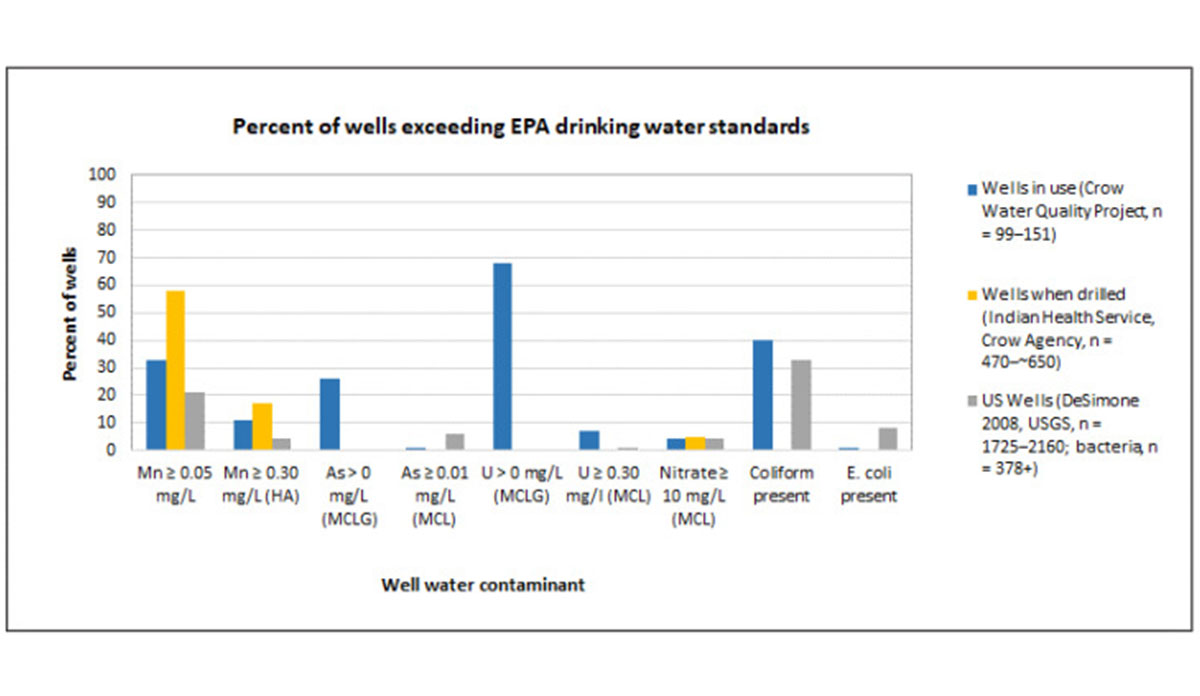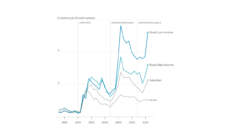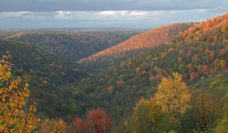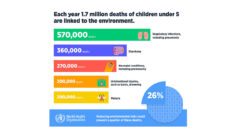“Water is life.” To the Apsáalooke People, water is sacred, yet Native Americans have higher rates of water insecurity than the rest of the country. Water insecurity is defined as inadequate access to clean, safe, and affordable water. Indigenous protests have centered the issue of water security including Standing Rock and the Keystone Pipeline.
On the Crow (Apsáalooke) Reservation in southern Montana, researchers analyzed home wells for contaminants. The researchers found that 55 percent were unsafe by Environmental Protection Agency standards. The blue bars in the graph show that 20-70% of wells contained contaminants such as manganese, arsenic, uranium, and E. coli. Manganese is a neurotoxin that can alter brain development and functioning. Arsenic is a known carcinogen and has been linked to cancer. Uranium can cause kidney failure, and E. coli is a bacterium that can produce acute gastro-intestinal symptoms like nausea and diarrhea.
To avoid health risks and an unpalatable taste, many Crow families purchased water. At least half of the families studied hauled drinking water an average of 84 miles and paid up to $300 monthly for clean water.
Water insecurity for the Apsáalooke People is complex. Loss of natural water sources contributes to poor mental and spiritual health. The rivers, once central to spiritual practices, now run brown year-round. Individuals and communities lack financial resources and the capacity to respond.
The tribe doesn’t have jurisdiction over water contamination from non-tribal agricultural operations. Rivers and ground water flow irrespective of land allocations. Without the legal authority to ensure safe conditions, the Crow Reservation is forced to endure the consequences of agricultural waste and mining runoff.
Small steps are being taken to improve Indigenous water security. Research in Canada presents tools to center Indigenous Knowledge in policy. The Indian Health Service distributed Covid-19 relief funds to the Navajo Nation to increase access to clean water. However, it is not enough. When water gives life, it shouldn’t have to be fought for.
Databyte via Martin C, Simonds VW, Young SL, Doyle J, Lefthand M, Eggers MJ. Our Relationship to Water and Experience of Water Insecurity among Apsáalooke (Crow Indian) People, Montana. Int J Environ Res Public Health, 18(2):582.














